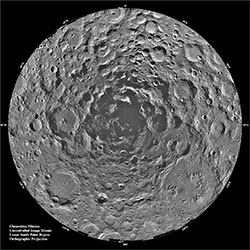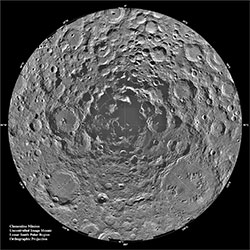
Credit: NASA/JPL-Caltech
An impact crater is formed when an object like an asteroid or meteorite crashes into the surface of a larger solid object like a planet or a moon.
To form a true impact crater, this object needs to be traveling extremely fast—many thousands of miles per hour!
When a solid object crashes into something at these super fast speeds, it forms a crater regardless of how hard or tough it is.
It immediately vaporizes and creates enormous shockwaves through the ground that melt and recrystallize rock.
All that's left is a big circular hole in the ground and some seriously mangled rocks!
Some famous impact craters...
Earth: Meteor Crater
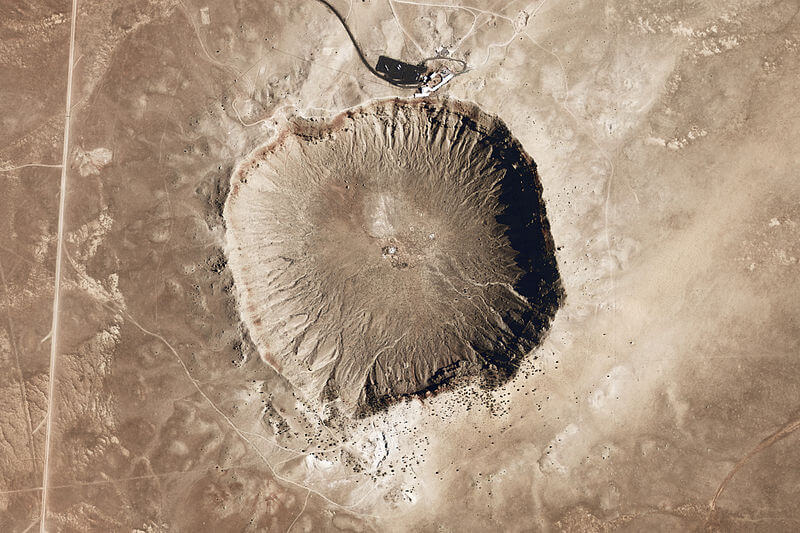
Meteor Crater in Arizona. Credit: image courtesy of the National Map Seamless Server (USGS)"
Meteor Crater (also known as Barringer Crater) in Arizona was the first crater discovered to be formed by an extraterrestrial impact. It formed 50,000 years ago from a meteorite that may have been up to about 150 feet wide traveling more than 28,000 mph.
Moon: Tycho Crater
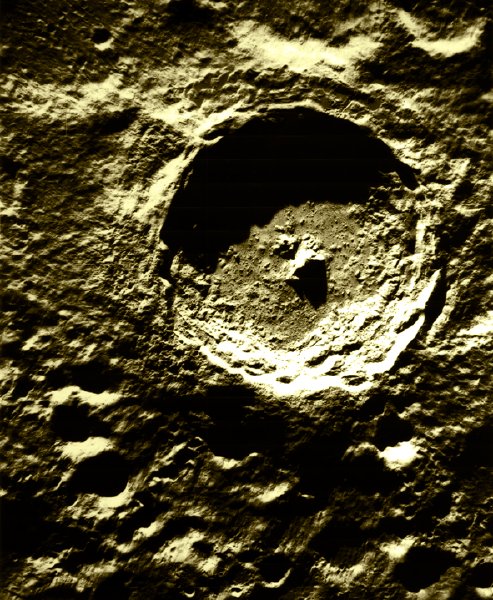
Tycho Crater, in the moon's southern hemisphere. Credit: NASA
Tycho Crater, in the moon's southern hemisphere, is believed to be about 108 million years old—young, by moon standards.
Earth: Vredefort Crater
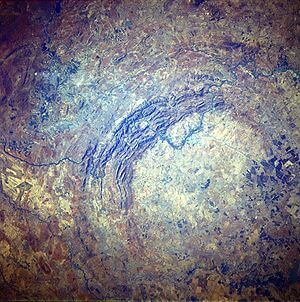
Vredefort crater in South Africa. Credit: NASA
Vredefort crater in South Africa is the largest known impact crater on Earth—almost 200 miles across! At over 2 billion years old, it is also one of the oldest. Because of erosion over this long time period, the crater is a bit difficult to see.



